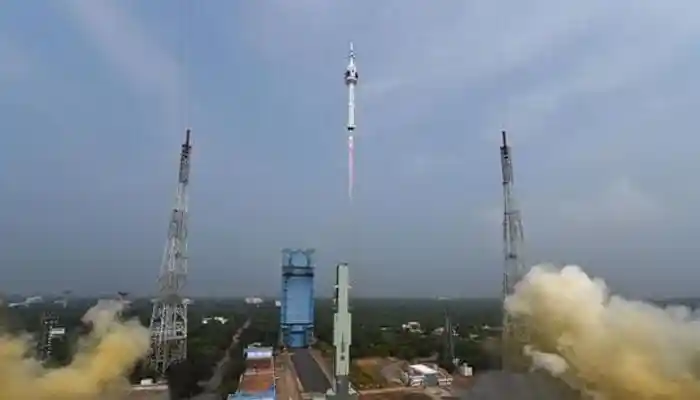Pollution Prevention in Space: Managing Space Debris on National Pollution Prevention Day
- Admin
- 2 years ago
- 4 minutes read

Space is vast expanse of darkness and mystery, filled with countless celestial bodies and wonders beyond our imagination. But amidst this awe-inspiring beauty lies a growing concern that threatens not only future space exploration but also life on Earth itself - space debris. Just like litter pollutes our streets and oceans, the remnants of human activity in space have created an invisible cloud of danger orbiting above us.
In this blog post, we will delve into the fascinating world of pollution prevention in space and explore three crucial methods for managing space debris.
Collision Avoidance:
When it comes to managing space debris, prevention is key. Collision avoidance measures play a crucial role in ensuring the safety of satellites and spacecraft as they navigate through the congested orbits around our planet.
With thousands of defunct satellites, spent rocket stages, and other fragments hurtling through space at incredible speeds, the risk of collisions is ever-present. To mitigate this threat, scientists and engineers employ various strategies to keep track of these objects and calculate their potential paths.
One approach involves utilizing ground-based radar systems to monitor the positions of known debris with high precision. By continuously tracking their movements, operators can predict if any objects come too close to operational spacecraft or critical orbits.
Another method involves equipping satellites themselves with sensors that can detect nearby debris. These sensors provide real-time data on potential collision risks, allowing operators to make course adjustments if necessary.
Furthermore, international collaboration plays a vital role in collision avoidance efforts. Organizations like NASA work closely with other space agencies worldwide to share tracking information and coordinate maneuvers when needed. This cooperation ensures better coverage and reduces the chances of costly accidents or damage from collisions.
Active Debris Removal:
The problem of space debris continues to grow at an alarming rate. With thousands of defunct satellites, spent rocket stages, and other fragments orbiting our planet, the risk of collisions is increasing. That's where active debris removal comes into play.
Active debris removal involves using specialized spacecraft to actively capture and remove space junk from Earth's orbit. These spacecrafts are equipped with robotic arms or nets that can safely grab onto debris and bring it back towards Earth's atmosphere for controlled re-entry.
One approach being explored is the use of harpoon-like devices that can spear pieces of debris and reel them in. Another method involves deploying tentacle-like arms that wrap around the object before gently pulling it away from its trajectory.

Space Traffic Management:
As space exploration and utilization continue to expand, the need for effective management of space traffic becomes crucial. Space Traffic Management (STM) is the practice of ensuring safe and efficient operations in outer space by minimizing the risk of collisions between satellites, spacecraft, and other objects.
With an increasing number of countries and private entities launching their own satellites into orbit, the volume of space debris continues to grow at an alarming rate. This creates a hazardous environment where even small fragments can cause significant damage to operational satellites or manned missions.
To address this growing concern, STM aims to establish guidelines and regulations for satellite operators to track their spacecraft accurately. It involves monitoring orbital positions, trajectories, velocities, and potential collision risks. By sharing this data among all stakeholders involved in space activities, it enables better coordination and decision-making to avoid potential collisions.
In recent years, international organizations such as NASA have made significant strides in advancing STM initiatives through collaboration with various national agencies and commercial partners. The development of advanced tracking systems along with improved communication networks has enhanced our ability to monitor and manage space traffic effectively. However, despite these efforts, challenges remain in implementing comprehensive global STM frameworks due to varying national policies regarding information sharing and access control.












